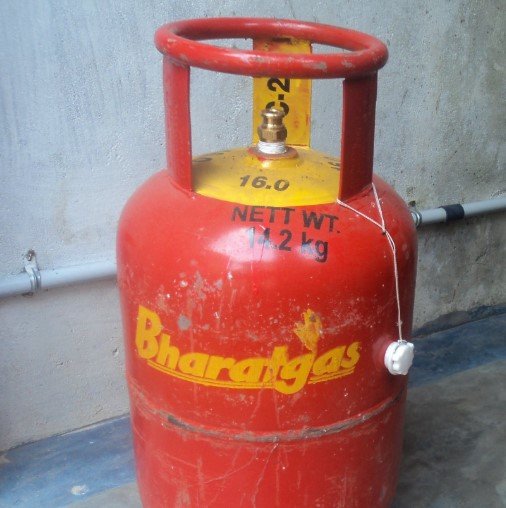Restaurants cheer as gas costs drop again, but domestic kitchens wait in vain
India’s oil marketing companies have trimmed the price of 19-kg commercial LPG cylinders by ₹58.50, with the new rate in Delhi now standing at ₹1,665. This is the third cut in five months, offering modest relief to businesses that depend on LPG for daily operations.
But if you’re a regular household hoping your kitchen bill got lighter too—sorry, no change yet. The price of domestic 14.2-kg LPG cylinders remains untouched.
A quiet morning cut, but a loud message to commercial users
This isn’t some grand budget announcement. It dropped quietly at 7:23 AM, without much fanfare. But for small restaurants, street-side caterers, tea stalls, and mid-sized hotels, the message was loud and clear: the fuel burden just got a little lighter.
In June, the price was reduced by ₹24. In April, it hovered at ₹1,762. February offered a measly ₹7 cut, only for March to bounce it back with a ₹6 hike. But July’s price slash is the most generous yet this year.
For businesses that use multiple cylinders daily, this cumulative reduction matters. Even saving ₹58.50 per cylinder, when you use 5 or 10 per day, adds up to thousands by month-end.

No price change for households — again
That’s where the cheer ends, though. The 14.2-kg domestic cylinder—the one most Indian kitchens run on—is still stuck at its current rate. It hasn’t budged in months.
Which means for millions of households, especially in urban and semi-urban areas where LPG is the lifeline, it’s still the same monthly pinch. The government hasn’t explained why the domestic prices have stayed put while commercial rates have dropped for the third time this year.
Just one sentence. But it stings.
Businesses feel the relief—but cautiously
From Bengaluru’s café streets to Delhi’s roadside dhabas, the reaction was cautiously optimistic. A few restaurant owners we spoke to said the price drop helps, but they’re not popping open champagne yet.
“Any relief is welcome,” said Ashok Singh, who runs a catering business in Noida. “We go through about 10 to 15 cylinders a week. So, yes, it makes a difference. But input costs are high everywhere. Ingredients, staff, electricity—it all adds up. This helps only a little.”
• Commercial kitchens typically consume anywhere between 10 to 50 cylinders a month, depending on scale
• ₹58.50 saved per cylinder could lead to ₹2,925 to ₹14,625 saved monthly
• In high-volume metros like Mumbai or Chennai, this could mean lakhs saved industry-wide
But as one hotel manager in Jaipur told us, “It’s like putting a wet towel on a fever. It soothes a bit. Doesn’t cure the problem.”
Pricing trends since February: cut, cut, hike, cut again
Let’s lay it out cleanly. Here’s how prices of the 19-kg commercial LPG cylinder have moved this year:
| Month | Price (Delhi) | Change |
|---|---|---|
| February | ₹1,769 | – ₹7 |
| March | ₹1,775 | + ₹6 |
| April | ₹1,762 | – ₹13 |
| June | ₹1,723.50 | – ₹24 |
| July | ₹1,665 | – ₹58.50 |
That’s a total decrease of ₹104 since March after adjusting for the brief hike. Not bad. But only if you’re a business.
Households? Still watching from the sidelines.
A sign of larger energy pricing shifts—or politics at play?
It’s not hard to wonder whether there’s more to the timing of this cut than just global LPG rates. July 1 marks the start of the new financial quarter for many. It’s also when tax revisions and pricing reviews often happen behind closed doors.
Some analysts believe the commercial rate cuts are a subtle nudge—maybe a way to cool inflation in services sectors without committing to broader subsidy reforms. Others see it as a way to keep consumer inflation numbers in check ahead of state elections.
Then again, it could just be oil companies responding to international price changes. LPG prices globally have softened a bit, thanks to rising inventories and cooler-than-expected summer demand across Asia.
Hard to say for sure. And no one’s spelling it out clearly.
What lies ahead for consumers?
For now, it’s a waiting game. Will the government cut domestic rates next? Maybe during festival season? Or before a major state poll?
That’s the million-rupee question. Especially for rural families and urban wage earners who don’t get subsidies anymore or fall into the subsidy exclusion criteria.
If international LPG prices fall further, and if oil marketing companies feel the pressure from global competition, we might see some relief spill over to homes too.
